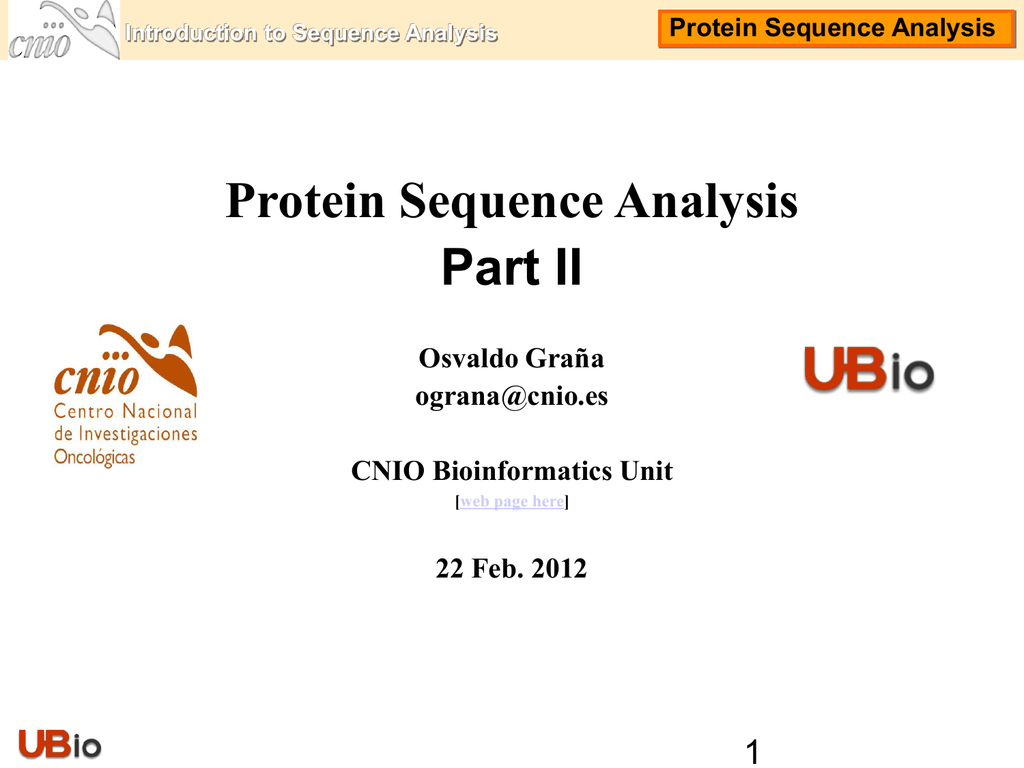

In a variety of ways protein sequencing can provide useful information about the structures of functional proteins and peptides. Sensitive, simple, and inexpensive method of sequencing amino acids. Protein sequencing also is becoming an important method for identifying protein or peptide fractions and, perhaps more important, assessing their purity. The approach is applied on three selected groups of protein sequences: beta globin, NADH dehydrogenase subunit 5 (ND5), and spike protein sequences. The main idea was to integrate into a single package most of the methods designed for protein sequence analysis (1,2,3,4).

Protein sequencing can provide a powerful approach to the cloning of rare-message genes. The area of sequence analysis is very broad here, we analyze the nucleotide or protein sequence of any organism for several purposes. Direct microsequencing at the subpicomole level would provide even more striking new opportunities to analyze new systems in developmental biology and neurobiology. Sequence analysis is one of the major applications of bioinformatics with the development of the Basic Local Alignment Search Tool (BLAST) program in 1990 and has become popular. After microsequencing, peptides can be synthesized and used as immunogens, and the resulting antibodies can be used to verify the biological activity of the protein and, if appropriate, to purify larger amounts of the protein. Crucial to any microsequencing method is the purification and handling of small quantities of polypeptide without contamination that would interfere with the Edman degradation. Molecular server that is dedicated to the analysis of protein and nucleic acid sequence.

The development of high-performance liquid chromatography has provided the analytical resolution, quantitation, speed, and reliability required for microsequencing.


 0 kommentar(er)
0 kommentar(er)
